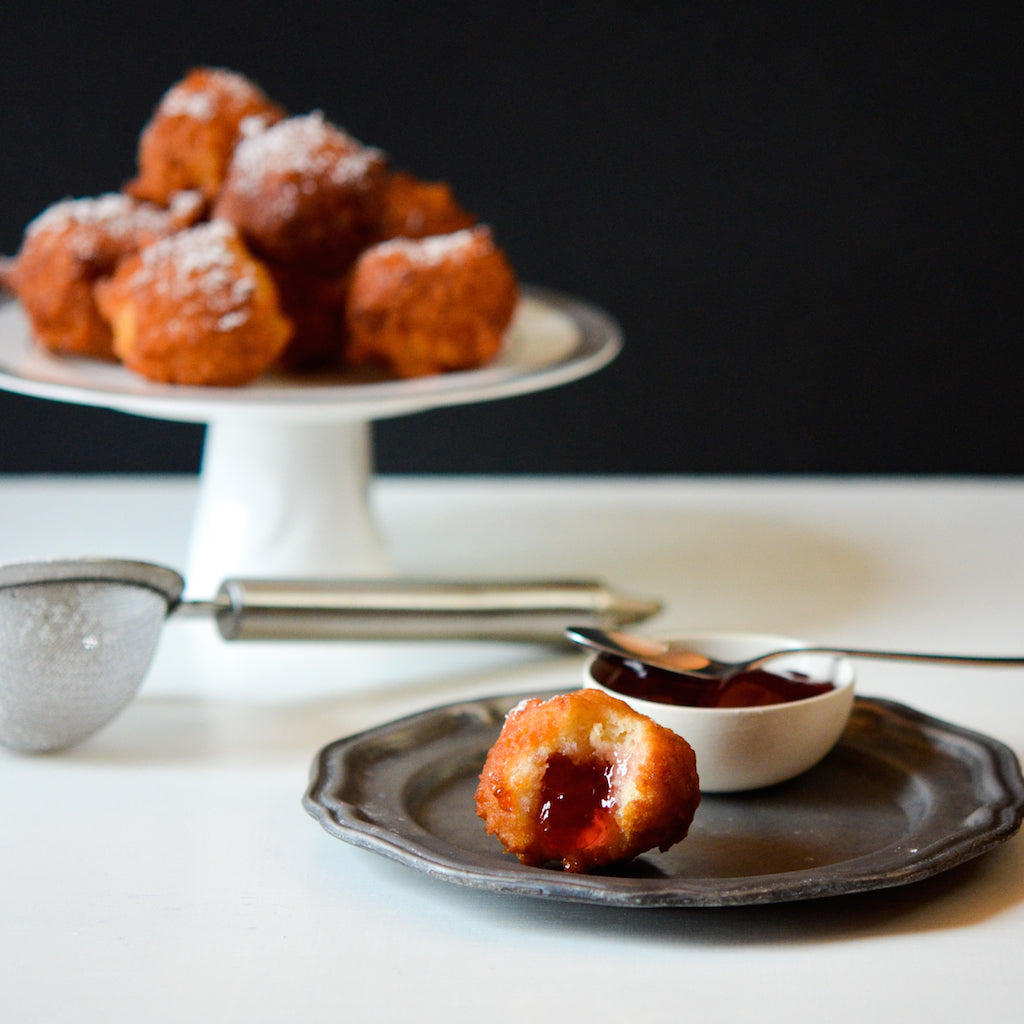
For me, one of the definitive signs that Spring has finally arrived is the bounty of fresh asparagus at farmers’ markets and restaurants across NYC. My favorite way to eat it is the way my mother always made them for me with fried eggs so that I can dunk the tips into the yolk.
Planning this post for Mother’s Day reminded me of a story she used to tell me. In the spring of 1970, she visited her favorite restaurant in London, the famed but no longer existent Grill at The Connaught hotel. The Maitre D’, also an Italian, let her know that they had just got in the first asparagus of the season and she asked if the chef would do them ‘alla Parmigiana’. Being a regular and heavily pregnant with my brother, the chef agreed to accommodate her unusual request.
Soon four waiters appeared, each carrying trays, the contents of which were concealed under large silver domes. With great theatrics, the waiters lifted the domes simultaneously to reveal four dishes; one with the steamed asparagus, one with the fried eggs, one with the browned butter and the last with the grated Parmesan cheese. At this point all the other tables were craning their necks and asking if they can have the same and lore has it, that from that day on, Asparagus alla Parmigiana became a regular dish at The Connaught.
Asparagus alla Parmigiana
Serves 2
Ingredients:
1/2 lb asparagus, trimmed
3 tablespoons butter
2 large eggs
Freshly grated Parmesan cheese
Ancho Chile Salt
Freshly ground pepper
Method:
1. Bring a large pot of water to a boil and cover with a bamboo steamer. Lay the asparagus flat in the steamer, cover and cook for 4-5 minutes – asparagus should be tender but still crisp.
2. In a large frying pan, heat the butter on high until it begins to foam then carefully crack the eggs into the hot butter. Once the eggs have begun to set, tip the pan and baste the eggs with the hot butter using a spoon. I like the edges of the egg white to get nice and brown.
3. Divide the asparagus between 2 plates, cover each with a fried egg and some of the browned butter. Top with grated Parmesan cheese and season with salt and pepper. Serve immediately.


















